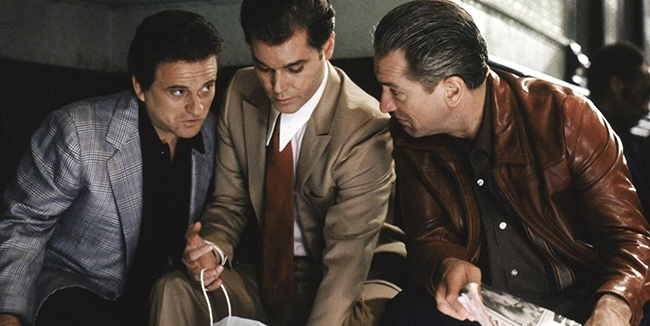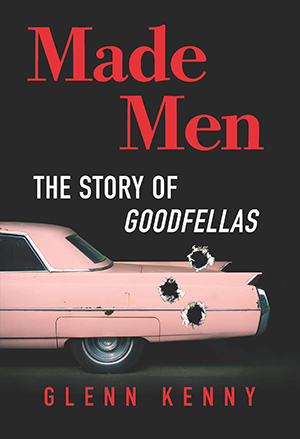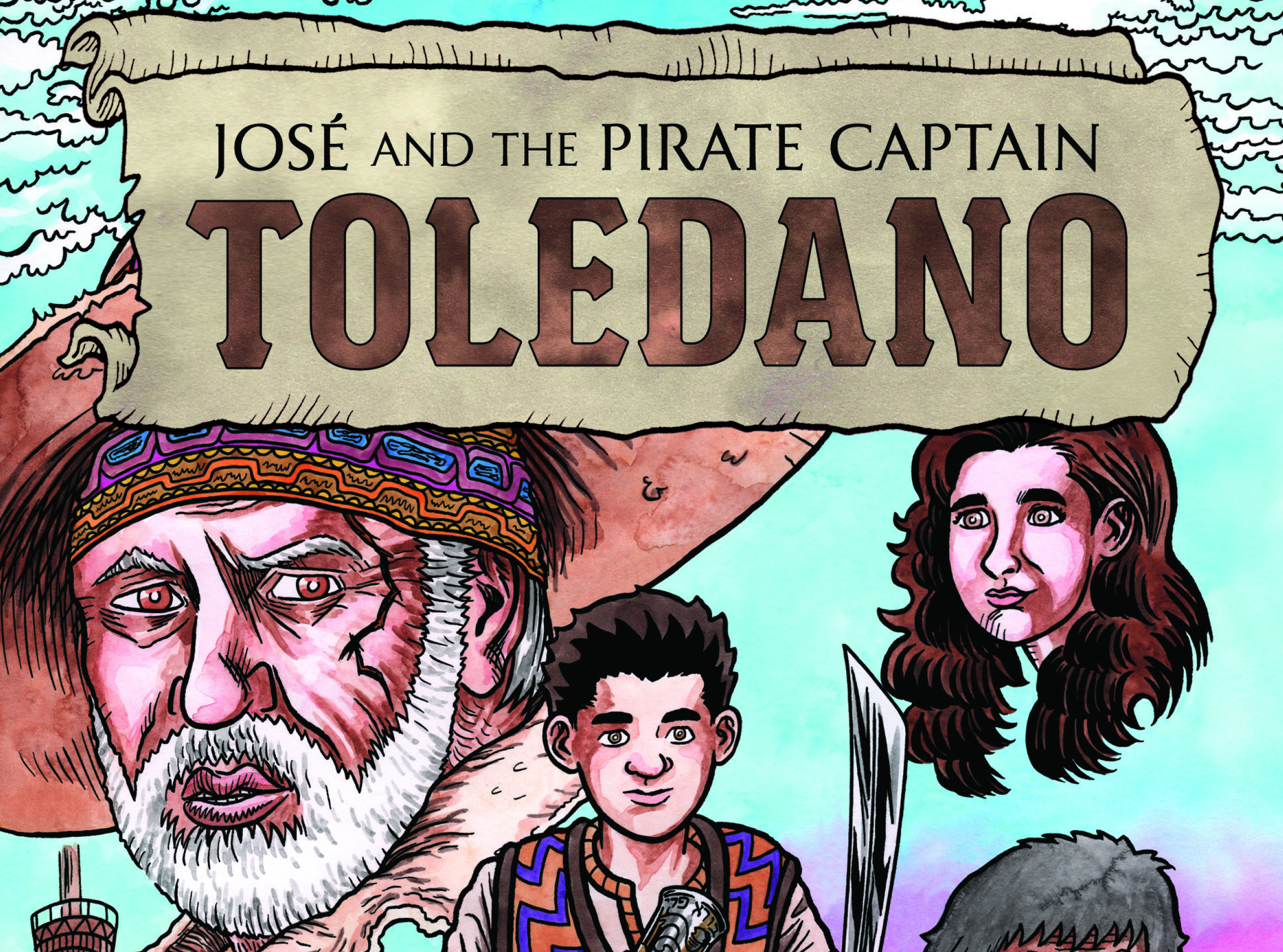
Josh Reviews Made Men: The Story of Goodfellas

Almost immediately I knew this book was going to be good. Sometimes when I read behind-the-scenes books on movies or TV, I’m disappointed because they’re superficial and don’t contain any new information. But right away in the first chapter of Made Men, I was delighted when Mr. Kenny connected the dots between My Blue Heaven (a movie for which I’ve always had great affection) and Goodfellas. My Blue Heaven is a comedy in which a gangster (played by Steve Martin) winds up going into the witness protection program and haves a lot of trouble adjusting to the midwestern suburban lifestyle. Sound a little like Henry Hill at the end of Goodfellas? It’s not coincidence. My Blue Heaven was released a month before Goodfellas; it was written by Nira Ephron, who was married to Nicholas Pileggi, who wrote the book Wiseguys, which was the basis for, wait for it: Goodfellas. Mind blown!
Mr. Kenny carefully charts the development of Goodfellas, and then takes us through pretty much every aspect of the film’s production. The centerpiece of the book is an extensive scene-by-scene look through Goodfellas, in which Mr. Kenny guides us through the making of that scene and the recollections of the participants. Mr. Kenny has interviewed a wealth of people who were involved with the film, both in front of and behind the camera. He’s also drawn insightful material from a number of other sources (magazine articles, interviews, etc.) in which members of the Goodfellas cast and crew shared their recollections. The result is a very detailed reconstruction of the creation of the film, scene by scene. This is all enhanced by Mr. Kenny’s own deep knowledge of cinema in general and Martin Scorsese’s work in specific.
(The only time I found myself disagreeing with Mr. Kenny’s analysis of a scene was his view of the moment in which Henry brutally pistol whips the kid who assaulted Karen. Mr. Lenny writes: “You are a better person than most if you don’t feel, at least a little bit, that Bruce had it coming; here, more than anywhere else in the picture, Goodfellas is wishing you to cheer Henry on.” I don’t agree. Yes, AT FIRST I did think that Bruce derived to have his ass kicked for what he’d done. But I think the scene is specifically designed to turn the audience’s stomach as we see Henry hit Bruce in the face with his pistol over and over again, without the camera ever cutting away to allow us some relief. To me, this is the wake-up moment when, after being carried away and entertained for the first chunk of the movie by how cool these slick mobsters were, it’s like the movie is shaking me to remind me that these criminals are violent monsters.)
Mr. Kenny keeps his retrospective moving along at a zippy pace. He gives the reader lots of detail without getting to a level of too much micro-detail that would have been boring.
I found it endearing how Mr. Kenny subtly allows himself to be a part of the book’s narrative. It’s not done in a way that is distracting or smacks of too much ego. Rather, it helps keep his style loose and conversational in a way that I enjoyed. What do I mean by this? Often, when presenting the comments of someone he’d interviewed, Mr. Kenny will include a comment or two about when and where they spoke and his observations regarding the conversation. (For instance, he comments on how funny Illeanna Douglas was when describing how her romantic relationship with Martin Scorsese ended: “He got married,” she says. Mr. Kenny observes: “She drops the line like the excellent comedic actress she is.” I love that.
I really enjoyed the chapter Mr. Kenny devotes to the reaction to Goodfellas, as well as the chapter giving an overview of Mr. Scorsese’s films since Goodfellas. I was particularly pleased to see that Mr. Hill takes the time too discuss, in both chapters, the repeated struggle some reviewers have had with Mr. Scorsese’s films (right up through The Wolf of Wall Street), accusing them of overly glorifying the criminals being presented on screen. Mr. Kenny writes: “To this day, some detractors of Goodfellas insist that it glamorizes violence and the mobster mode of living. One can credibly point out all the ways that it doesn’t do this and still leave them unmoved.” Indeed, Mr. Kenny devotes a lot of ink in the book to pointing out all the skillful ways in which Goodfellas has been specifically crafted by Mr. Scorsese to show that these people are monsters, not heroes. And yet some viewers (and critics) sometimes gloss over that. In the chapter looking through Mr. Scorsese’s post-Goodfellas filmography, Mr. Kenny samples some reviews of The Wolf of Wall Street that felt the film took too positive a stance on Jordan Belfort’s actions. Mr. Kenny hits the nail right on the head in observing: “The particular giddiness of the characters in the picture, and the movie’s whiplash style, make the occasional instances of horror and tedium Scorsese injects — the Weegee-like photo of the dead body in a bathtub full of blood, the GFBI agent’s dismal ride home on the F train — more difficult to register, maybe. But these shots/scenes are not not there.” And yet sometimes people just gloss right over them. I’ve found that our culture seems to have a growing difficulty these days in understanding that the act of a writer/director depicting a character doing something unpleasant (on screen or on the page) does not automatically indicate agreement/support of those actions. This is particularly at issue in the reactions to many of Mr. Scorsese’s films, which don’t shy away from examining the lives of criminals and other unpleasant people. And so I think this is an important issue and one I’m glad Mr. Kenny repeatedly raised.
A few of the film’s shorter, later chapters felt a little unnecessary to me (and also somewhat repetitive of what was covered in chapter four, the length chapter that’s the centerpiece of the book, the scene-by-scene analysis of the film). I’m thinking of the chapters on the film’s music, as well as the one containing short reviews of all the post-Wiseguys books about the events chronicled in the film or written by people associated with the film (including several co-authored by Henry Hill himself). I read through them all because I’m a completist that way, but I could see some readers skimming these later sections.
The book’s final chapter is a fascinating lengthy interview that Mr. Kenny conducted with Mr. Scorsese in 2020. I thought it was a very interesting choice to devote a whole chapter to this interview, rather than more fully integrating Mr. Scorsese’s comments and reflections into the other sections of the book. This surprised me at first, but as I was reading the interview and being reminded of how Mr. Scorsese can be somewhat, um, verbose in his answers, I understood the choice. I enjoyed being able to read Mr Scorsese’s answers at their full length, with minimal editing, rather than having them chopped up into smaller soundbites and scattered through the book.
For fans of Goodfellas and of Martin Scorsese, this book is worth your time!
Click here to pre-order my graphic novel José and the Pirate Captain Toledano!
Click here to purchase my “Maclunkey” Star Wars/Highlander mash-up t-shirt!
Please support MotionPicturesComics.com by clicking through one of our Amazon links the next time you need to shop! As an Amazon Associate, I earn from qualifying purchases. That means I’ll receive a small percentage from any product you purchase from Amazon within 24 hours after clicking through. Thank you!


